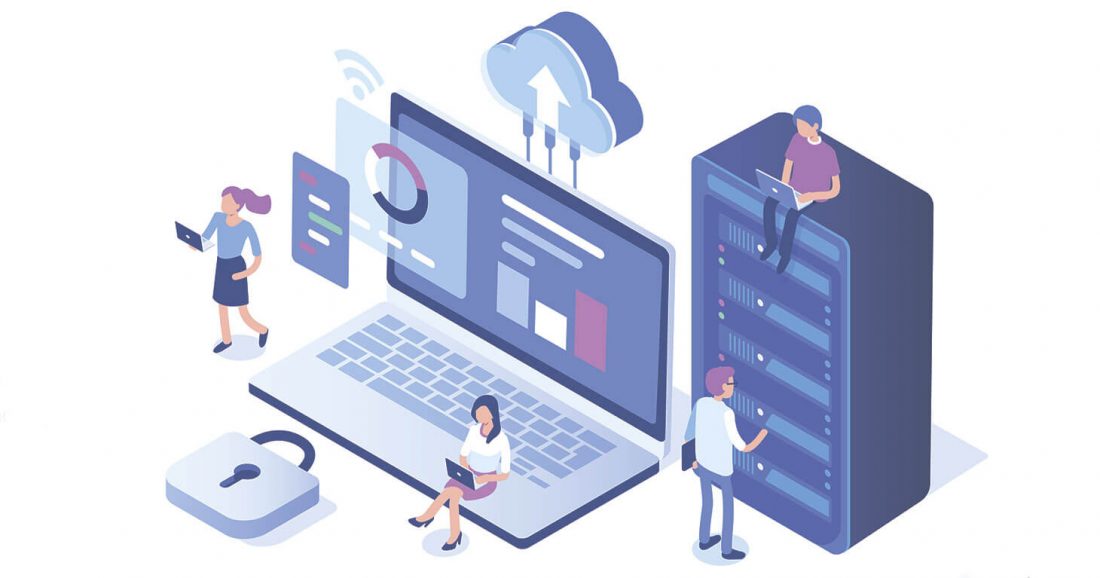
Zero Trust in Cybersecurity: What It Means for PCs and Corporate Networks in 2025
In 2025, the Zero Trust model has become a central pillar of cybersecurity strategies for both personal computers and corporate networks. Unlike older approaches based on perimeter defence, Zero Trust assumes that no user, device, or connection can be trusted by default. This shift has been driven by the rise of hybrid work, the expansion of cloud services, and increasingly sophisticated cyberattacks. For individuals and organisations, Zero Trust is not just a trend but an essential framework for protecting sensitive data and digital assets.
Core Principles of Zero Trust
The foundation of Zero Trust lies in continuous verification and the principle of “never trust, always verify.” Each access request must be validated, regardless of whether it originates inside or outside the network. This approach eliminates blind spots that attackers once exploited when they gained access to trusted systems. In practice, it requires constant monitoring, authentication, and strict control of user permissions.
For personal computers, this means that even basic activities such as signing into email accounts or accessing cloud storage involve robust authentication steps. Biometric methods, multi-factor authentication (MFA), and real-time behavioural analysis are now widespread. These methods significantly reduce the risk of identity theft or account takeover.
For corporate networks, the implementation of Zero Trust requires a cultural and technical shift. Organisations must adopt micro-segmentation, limit lateral movement within networks, and apply least-privilege access. Employees are granted only the level of access needed to perform their tasks, which reduces the potential damage of compromised accounts.
Zero Trust in Practice for Daily Operations
In 2025, most corporate environments use Zero Trust-based identity and access management (IAM) systems. These tools continuously evaluate user sessions and adapt access rights based on context, such as location, device type, or unusual activity. Suspicious behaviour triggers alerts or revokes access instantly.
Cloud applications and virtual desktops are tightly integrated into Zero Trust frameworks. Instead of open network access, employees connect to applications through secure, identity-driven channels. This not only strengthens security but also simplifies auditing and compliance with regulatory requirements.
On personal devices, Zero Trust translates to built-in safeguards against malware and ransomware. Operating systems increasingly integrate AI-driven security agents that assess the legitimacy of processes and connections in real time. These solutions act proactively rather than reactively, blocking attacks before they cause harm.
The Role of Zero Trust in Protecting Corporate Data
Corporate networks face the constant challenge of balancing user productivity with robust security. In 2025, Zero Trust has become critical for safeguarding intellectual property, financial data, and customer information. By moving away from perimeter-based defences, companies protect themselves against insider threats and compromised endpoints more effectively.
Data encryption at rest and in transit has become the standard, ensuring that sensitive information remains secure even if intercepted. Furthermore, monitoring tools feed vast amounts of telemetry data into security information and event management (SIEM) systems, enabling real-time threat detection and response.
Zero Trust also plays a vital role in regulatory compliance. Frameworks such as GDPR, HIPAA, and PCI DSS increasingly align with Zero Trust practices. Organisations that adopt this model can demonstrate stronger accountability and faster incident response, which regulators and stakeholders value highly.
Challenges in Implementation
Despite its benefits, Zero Trust adoption is not without obstacles. Legacy infrastructure often struggles with modern security frameworks, requiring gradual upgrades or complete replacements. This can be costly and time-consuming, particularly for large enterprises.
Another challenge lies in the human factor. Employees must adapt to stricter authentication methods, which can sometimes impact user experience. Balancing usability with robust protection is a constant priority for IT teams. Security leaders need to invest in training and awareness campaigns to ensure workforce compliance.
Finally, the shift to Zero Trust demands collaboration across departments. Security, IT, compliance, and business units must align on objectives. Without clear governance, Zero Trust initiatives may fail to deliver their full potential.

Future Outlook: Zero Trust Beyond 2025
The trajectory of Zero Trust suggests that its influence will only expand. As artificial intelligence, quantum computing, and edge technologies evolve, security risks will become even more complex. Zero Trust provides a flexible framework that can adapt to these changes and support innovation without sacrificing protection.
One of the strongest trends is the integration of AI and machine learning into Zero Trust architectures. These systems automatically detect anomalies, adapt policies in real time, and predict potential attack vectors. This proactive defence will be essential as cybercriminals increasingly use AI themselves.
Another emerging development is the extension of Zero Trust principles to the Internet of Things (IoT) and operational technology (OT). Smart devices, industrial control systems, and connected sensors all introduce new vulnerabilities. Applying Zero Trust ensures that each of these devices is verified and monitored continuously.
What This Means for Users and Organisations
For individuals, adopting Zero Trust tools on personal computers enhances privacy and security in daily digital life. From banking to remote work, people can trust that their devices and accounts are better protected from intrusions.
For businesses, Zero Trust is no longer optional but a necessity. It protects against evolving cyber threats, ensures compliance with regulations, and builds customer trust. In an era where reputational damage from breaches can be devastating, adopting Zero Trust is a strategic investment.
Looking forward, Zero Trust will continue to reshape the cybersecurity landscape. Organisations that embrace its principles today will be better prepared for the threats of tomorrow, ensuring resilience in an increasingly digital world.





